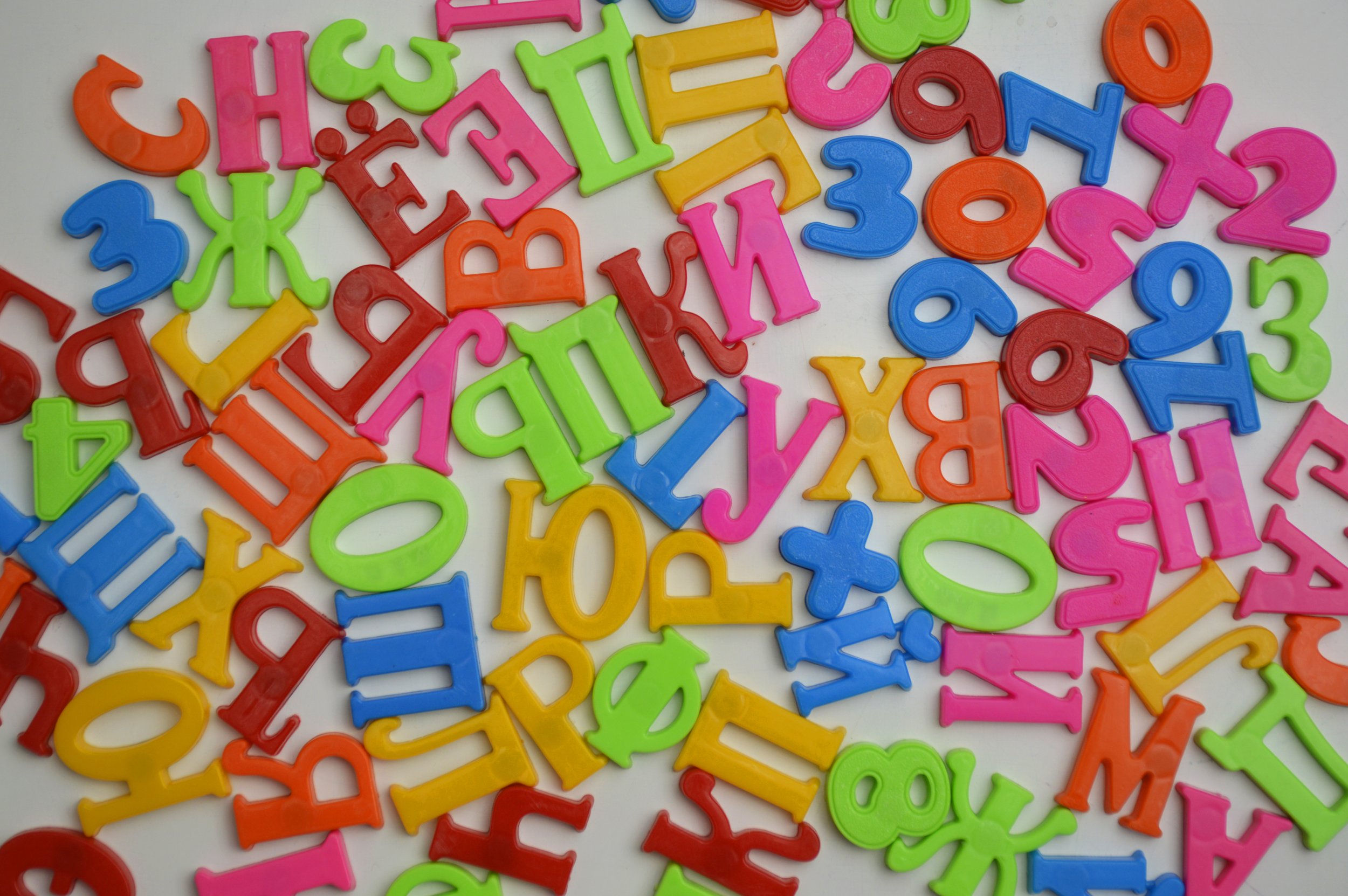Structured Literacy
-

Why Structured Literacy?
Structured Literacy is an approach to the teaching of reading that is founded on an extensive body of research (The Science of Reading), based on neuroscience and very clear evidence that proves all brains learn to read and spell the same.
Simply put, The Science of Reading is a collective body of research across all disciplines of science - encompassing Cognitive Psychology, Neuroscience, Linguistics and Education. Researchers have used a significant number of case studies around the world to analyse the way the brain learns to read.
The science is clear; we must explicitly and consciously teach our children in ways that build and develop neural pathways when learning to read. When we understand how the brain builds this network, we can also recognise when parts of the network may not be wiring and firing. We can then intervene to develop those specific areas.
-

What Structured Literacy Entails
It is diagnostic. This means that an assessment is carried out to identify exactly what the child or student does or doesn’t know, in relation to the building blocks of reading and or writing success.
It is systematic and cumulative. Following a comprehensive scope and sequence (teaching order) that is thorough, increases in complexity and teaches syllable types and syllable division strategies as well as spelling rules.
It is multisensory. Two or more senses are engaged simultaneously during explicit teaching sessions.
It uses evidence-based resources and repetition. Students and educators use decodable texts and supporting material (to a certain point in the scope) which support students to transfer skills, sounds, and letters that have been taught in isolation, to word and sentence level, then taken to texts.
It is explicit, direct and modified as necessary. The lessons are somewhat repetitive. Students know what to expect, and they understand that each part of the lesson is part of a sequence to develop their reading brain. Review is a core component of these lessons which students enjoy.
Students practise reading aloud. They will read passages aloud and/or texts that specifically practise fluency in the skills they have been taught up until that point.
Students receive prompt, corrective feedback.


